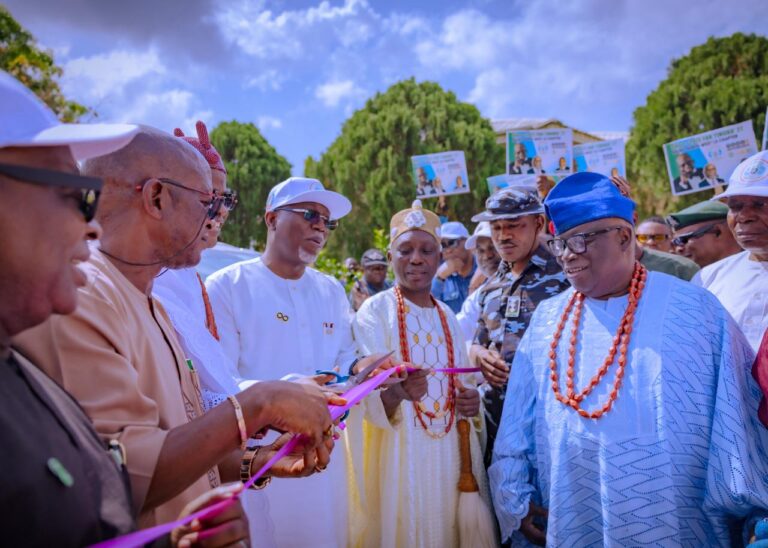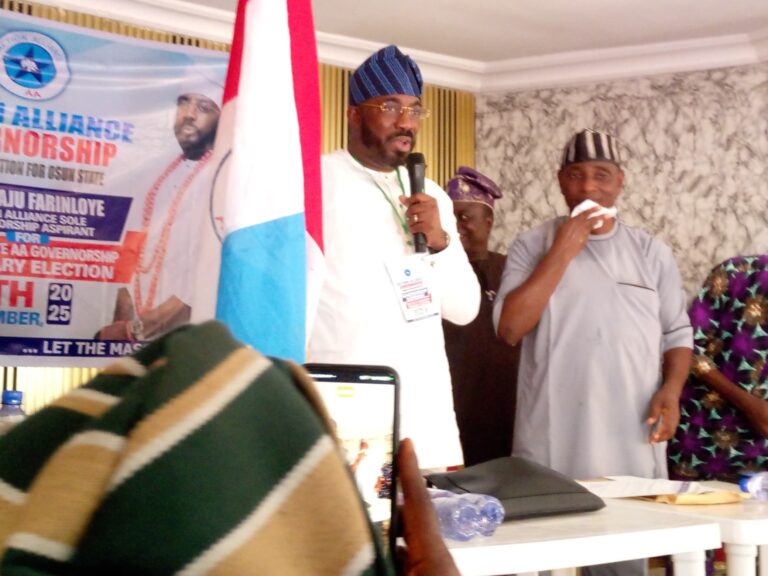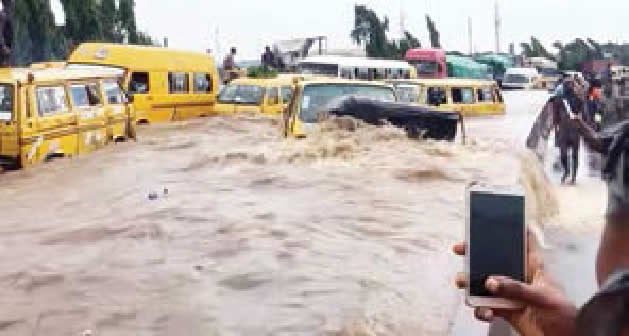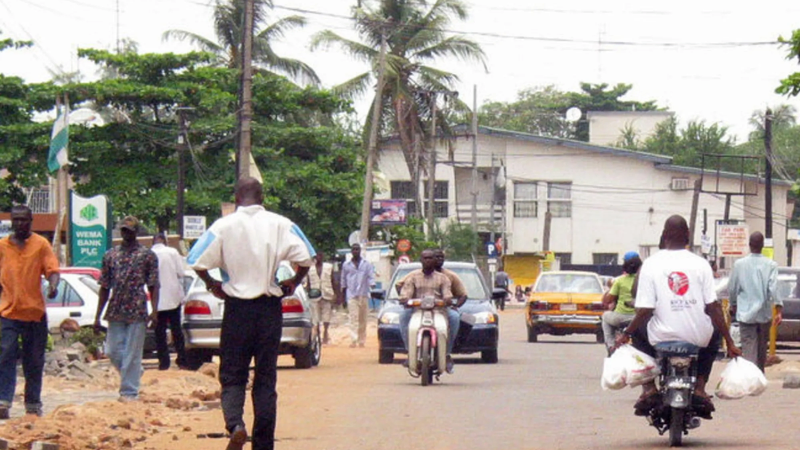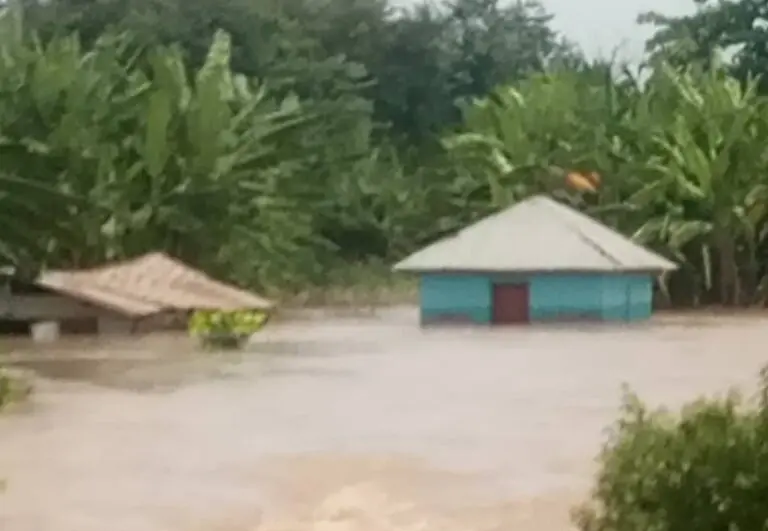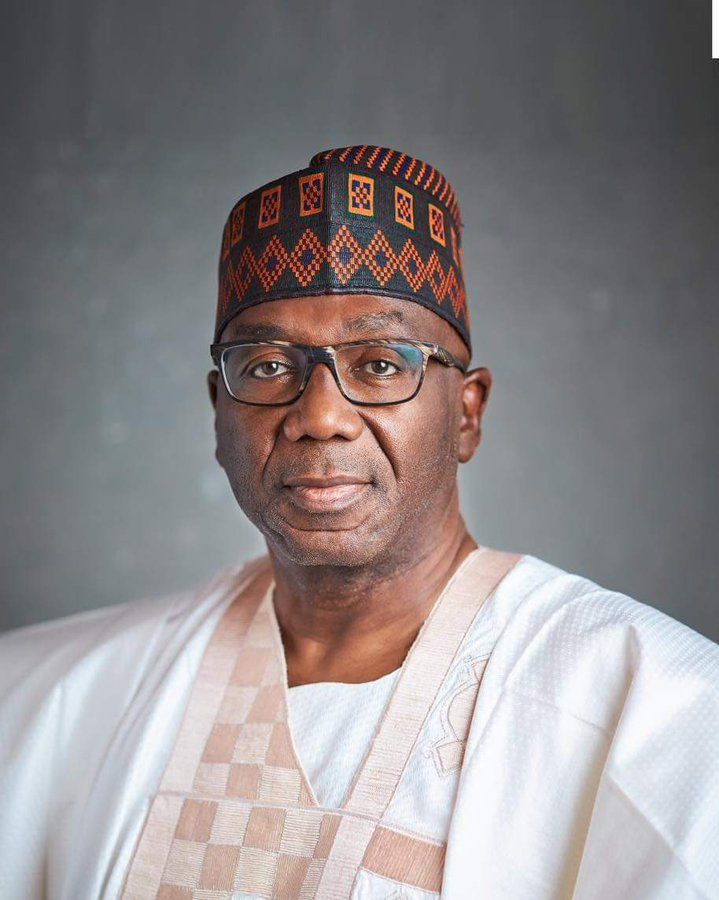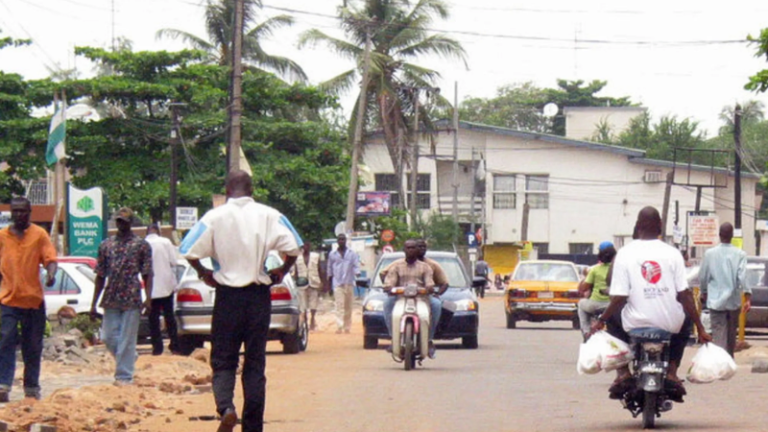Each year, the rainy season in Nigeria brings with it a familiar pattern: overflowing rivers, submerged farmlands, displaced families, and the grim statistics of lives and livelihoods lost. Floods have long been viewed solely as disasters, JOSEPHINE OGUNDEJI writes
With every rainy season comes a familiar story across Nigeria: swollen rivers bursting their banks, farmlands submerged, and communities forced to flee their homes. From the streets of Lagos to the plains of Lokoja and Makurdi, floods have become an annual ordeal, turning neighbourhoods into waterways and laying bare the country’s fragile infrastructure and weak disaster preparedness.
According to data from the National Emergency Management Agency, no fewer than 165 persons have died this year alone, while 82 others remain missing and over 119,000 people have been affected across 19 states. Thousands of homes and farmlands have been destroyed, leaving behind economic losses running into billions of naira. For most communities, recovery is slow, and rebuilding efforts are often left to residents already struggling to survive.
It stated, “138 persons sustained various degrees of injuries, 43,936 were displaced, 8,594 houses were affected, and 8,278 farmlands were destroyed across 43 Local Government Areas in 19 States; children and women were mostly affected.
“53,314 children, 36,573 women, 24,600 men, 5,304 elderly, and 1,863 disabled persons have so far been affected by this year’s flood.”
The states with the highest number of affected persons are Imo, Rivers, Abia, Borno and Kaduna States.
It added, “The 19 states affected are Abia, FCT, Adamawa, Akwa Ibom, Anambra, Bayelsa, Borno, Edo, Gombe, Imo, Jigawa, Kaduna, Kano, Kogi, Kwara, Niger, Ondo, Rivers and Sokoto States.”
The situation is worsened by poor urban planning and inadequate waste management, which prevent proper drainage and increase the volume of stagnant water in cities. In rural areas, the absence of flood control structures and the silting of river channels leave farmlands and settlements vulnerable. Many dams and waterways are either poorly maintained or operating far below capacity, resulting in emergency water releases that flood downstream communities.
Despite decades of recurring floods, Nigeria’s response has largely been reactive rather than preventive. Relief materials are distributed after disasters, while long-term solutions such as flood mapping, wetland preservation, and drainage maintenance receive limited attention. Environmentalists have long warned that this approach is unsustainable, especially as climate change continues to intensify rainfall patterns and raise sea levels.
The 2022 flood disaster, one of the worst in Nigeria’s history, remains a stark reminder of what is at stake. More than 600 lives were lost, 2.4 million people displaced, and farmlands spanning 676,000 hectares destroyed across the country.
Yet, little appears to have changed since then. Communities along flood-prone plains still live in fear of the next heavy downpour, with inadequate early-warning systems and little or no relocation plans.
Amid these recurring losses, conversations are beginning to shift towards smarter water management, one that focuses on prevention, preparedness, and productive use of excess water. Analysts believe that beyond emergency response, floodwaters could be harnessed for irrigation, power generation, and ecosystem restoration if the right infrastructure and policies are in place. For a country battling both energy and food insecurity, turning the floods into a resource could mark a turning point in Nigeria’s approach to environmental resilience.
According to the Nigerian Conservation Foundation, with proper planning, floodwaters can be harnessed into valuable resources that serve human and ecological needs simultaneously.
The Director of Technical Programmes at NCF, Adedamola Ogunsesan, explained that the key lies in strategic management and community participation.
“Floodwaters themselves hold potential; they can power turbines or support controlled irrigation if managed properly. But to do this, we must map floodplains accurately and involve communities in flood risk planning,” he said.
Ogunsesan stressed the importance of participatory early-warning systems, which empower communities to respond proactively.
“When people understand the risks and are part of the planning process, they’re more likely to adapt and even benefit. Floods and waste are not just urban problems; they’re untapped resources waiting for smart solutions,” he added.
Beyond flood management, Ogunsesan linked effective waste control to environmental sustainability. As cities expand, so does the volume of waste they generate.
“We need to institutionalise circular economy practices that convert waste into resources. Encouraging small-scale enterprises that turn waste into wealth creates jobs and reduces landfill pressure.”
Harnessing the power of dams
Experts believe that much of Nigeria’s flooding can be mitigated if the country reimagines how it uses its dams.
The National President of the Nigerian Association for Engineering Geology and the Environment, Dr. Waliu Adeolu, emphasised that floodwater released from dams can serve productive ends rather than wreak havoc.
“Flooding does not just happen. Consistent dredging and better management of dam releases are essential. Our dams do not only have to be released when there is high rainfall. They can be used during irrigational activities so that the water released supports agriculture and power generation,” he explained.
Adeolu lamented that Nigeria’s hydroelectric potential remains grossly underutilised.
“If power generation were properly deployed, we would hardly have any of these dams releasing excess water when rain falls. The water could instead be channelled to generate three or four times the electricity we currently produce. That way, the flow remains balanced, and the risk of flooding is minimised.”
Deploy renewable energy system
While traditional dam systems remain critical, experts like Fubara Omubo, an electrical/electronics engineer, believe that innovative renewable energy systems could transform how Nigeria manages floodwater and energy production.
Omubo asserted that harnessing the energy of excess water during flood events and converting it into a source of power revenue for the country involved several innovative methods that could promote both energy generation and flood control.
He said, “One method to consider is harnessing tidal power, which involves capturing the energy generated by the ebb and flow of tides, especially in coastal areas with significant tidal fluctuations. This energy is converted into electricity using tidal turbines and tidal barrages, offering a reliable source of renewable energy.
“Another effective strategy involves run-of-river hydropower projects, which are eco-friendly solutions that use the natural flow of rivers and streams for generating electricity. Unlike conventional dams, these projects have minimal environmental impact and can be strategically situated in flood-prone regions to assist in flood control.”
According to him, floating solar panels also offered a versatile approach that addresses both energy production and flood management.
He added, “By placing solar panels on reservoirs or floodplains, electricity is generated from sunlight while simultaneously reducing water evaporation, which can contribute to flood prevention.
“Additionally, the concept of flood control reservoirs integrates flood management with power generation. These reservoirs are designed to temporarily store excess floodwater and release it through hydropower turbines once the flood threat has subsided, efficiently using surplus water for electricity production. Another aspect to consider is developing microgrid systems that are resilient to flooding and can continue generating and distributing power even during flood events, thereby assisting in meeting local energy needs.”
Corroborating the above, Anthony Pepple, a lecturer in the Department of Electrical/Electronics Engineering at the Federal Polytechnic of Oil and Gas, Bonny Island, Rivers State, said channelling the flood flowing from the dam to a singular direction was essential in generating power.
He said, “If you can channel it in a direction and have something like a propeller, the force of the water can turn around because what can generate power is having a moving object that is rotating. Once you have this rolling object, you can generate power from there. Hence, if you have an object like a propeller where the force of the water is being pushed to make turns, then the energy wanted can be generated.
“The source of energy is inherent in the dams, particularly Kanji Dam, and currents are generated from the tides of the water.”
National erosion and flood control policy
The Federal Ministry of Environment has validated the National Erosion and Flood Control Policy, reaffirming its commitment to addressing the growing threats of erosion, flooding, and environmental degradation across Nigeria.
The updated policy framework seeks to prevent and mitigate the impacts of erosion and flooding, promote integrated land and water resource management, and strengthen institutional coordination across all levels of government.
Officially launched in 2005 to address the challenges of erosion, flooding, and coastal degradation, the Federal Ministry of Environment is embarking on the review of the NEFCOP to strengthen the national framework for erosion and flood management.
Speaking during the National Stakeholders Validation Workshop held in Nasarawa State, North Central Nigeria, the Permanent Secretary of the Ministry of Environment, Mahmud Kambari, emphasised that the revised policy will provide a comprehensive and evidence-based approach to managing erosion and flood risks while enhancing community resilience and aligning Nigeria’s environmental management efforts with global best practices.
He noted that environmental sustainability is not an option; it is an imperative for survival and national development.
“As we validate these critical policy instruments today, we must also commit to their full implementation, monitoring, and periodic review. The Federal Ministry of Environment will continue to provide leadership and coordination in this regard, while ensuring that all stakeholders at the federal, state, and local levels play their respective roles effectively,” he said.
He reiterated the Ministry’s resolve to ensure effective implementation, monitoring, and periodic review of the policy in collaboration with relevant stakeholders, development partners, and sub-national governments to achieve a sustainable and climate-resilient environment for all Nigerians.
“The documents before you today are the products of extensive technical consultations and stakeholder inputs at various levels. This workshop presents the opportunity for you, as key actors and experts, to validate them. I therefore urge you to approach this exercise with diligence and open-mindedness. Let us ensure that the policy and accompanying documents truly reflect our national realities, address the identified gaps, and offer practical solutions that can be implemented across the different ecological and administrative contexts of Nigeria.”
The Director of the Erosion, Flood and Coastal Zone Management Department in the Ministry, Usman Bokani, said the workshop marked another critical milestone in the collective efforts by the government to strengthen Nigeria’s resilience against the impacts of erosion and flooding across the country.
He noted that the validation workshop provided a platform for inclusive dialogue and consensus-building among stakeholders to examine the reviewed policy, validate its provisions and ensure that it adequately addresses the needs and aspirations of all relevant sectors.
Bokani further explained that the insights and feedback generated from this engagement will form the final inputs that will strengthen the policy before its formal adoption and implementation.
“The Federal Ministry of Environment, through the Department of Erosion, Flood, and Coastal Zone Management, initiated the process of reviewing the National Erosion and Flood Control Policy and its associated documents.’
“This review was undertaken with broad technical consultations and the active participation of experts, institutions, and stakeholders from across the Federation. The aim was to ensure that the policy reflects current knowledge, integrates modern technologies, aligns with national and international frameworks, and provides practical solutions for erosion and flood risk management,” he explained.
Embrace ecosystem mindset
Ogunsesan believes that sustainable urban planning must embrace ecosystem thinking.
“Each landscape, whether coastal, savannah, or arid, demands tailored strategies. In lowlands, we should protect wetlands while developing around them. In the north, where desertification is advancing, we need green corridors and afforestation.”
He emphasised resilience as the guiding principle, describing that cities must be designed with nature, not against it.
“If we build with this mindset, we’ll have stronger, more liveable habitats for generations to come. Every act of conservation, every properly disposed waste, and every tree planted adds up. A sustainable city is a shared dream, one we must all wake up and build together.”


